As technology continuously evolves, many enthusiasts find joy in revisiting the classic charm of VHS players. These devices enjoy a nostalgic resurgence, allowing people to relive old home movies and vintage films. While VHS might be considered obsolete by some, certain brands remain at the forefront for quality and reliability in this niche market. To help you find the best brands for VHS players, we have compiled a comprehensive list below.
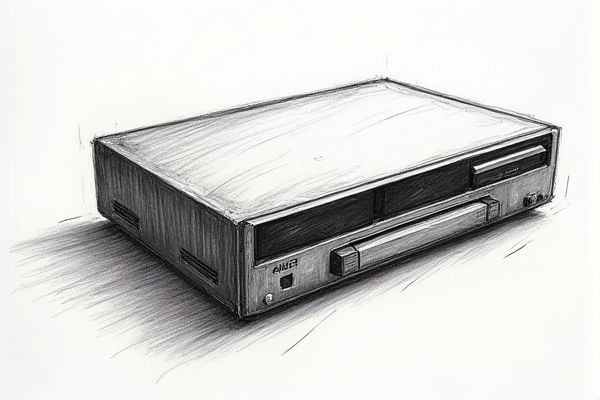
Illustration of vhs player
Best brands of vhs player in 2025
Panasonic
Panasonic is renowned for its reliability and performance in the VHS player market, as evidenced by a 15-year average reliability study from 1978 to 1993, where Panasonic was ranked as the most reliable brand, with fewer repairs needed compared to other brands. In the context of transferring and recording VHS tapes, Panasonic's DVD/HDD recorders are highly recommended for their ability to handle VHS input effectively, especially the European PAL models which were popular and widely available. Panasonic's commitment to quality is reflected in its market presence, where it has consistently been among the top brands in various electronics segments. The brand's reliability and user satisfaction have made it a preferred choice for consumers. Panasonic's strong market position is further highlighted by its significant sales revenue and global presence. For those interested, check out the Panasonic NV-FS200 S-VHS player on eBay.
Sony
Sony is renowned as one of the leading producers of VHS players, having navigated the complex landscape of home-use VCR formats since the 1970s. Despite initial reluctance to manufacture VHS products, Sony adapted to market demand and began producing VHS players to complement their Betamax and 8mm formats. This strategic move helped Sony maintain a strong market presence, with the company aiming to be the number one comprehensive VCR manufacturer. By the early 2000s, Sony had established itself as a dominant player in the consumer electronics market, with a significant share in various segments. For example, as of Q1 2024, Sony held a 24.81% market share in its relevant technology sector. For detailed information, you can view their manual on electronic support.
JVC
JVC is renowned as one of the best producers of VHS players, having invented the VHS format and dominated the home market for nearly 40 years. By the 1980s, VHS had captured 60% of the North American market, and by 1987, it accounted for 90% of the VCR market in the United States. JVC's broader licensing policy allowed VHS machines to be more widely available and affordable, contributing to their success. The company's Super VHS and VHS-C formats also played significant roles in their market dominance. JVC's reliability and quality, though sometimes variable, made it a preferred choice for many consumers. Learn more about the history and impact of the VHS format on the WIPO Magazine article.
Toshiba
Toshiba is renowned as one of the top producers of VHS players, known for its reliability and quality. According to Consumer Reports' data from 1983 to 1993, Toshiba was among the most reliable brands, with fewer repairs needed compared to other manufacturers. In the VHS VCR reliability rankings, Toshiba, along with other brands like Panasonic and Funai, stood out for their durability and performance. This reliability was a key factor in Toshiba's success in the consumer electronics market during the late 20th century. The brand's commitment to quality and innovation has been a hallmark of its products. For more information, visit the Toshiba industry analysis.
Hitachi
Hitachi, as a prominent player in the consumer electronics industry, was a significant contributor to the VHS format's success. Although Hitachi itself did not initially commit to home video development, it later aligned with the VHS format, which by 1980 had captured 60% of the North American market. By 1987, VHS dominated the market with a 90% share in the United States. Hitachi's involvement in mass production and distribution helped solidify VHS as the leading format, outpacing Betamax in sales and market share. This strategic alignment and production capacity were crucial in the VHS format's eventual dominance. Learn more about the videotape format war.
Mitsubishi
Mitsubishi, as a prominent player in the VHS market, contributed significantly to the widespread adoption of VHS technology. By the late 1970s and early 1980s, Mitsubishi, along with other Japanese electronics firms like Matsushita and JVC, supported the VHS format, which ultimately dominated the market. Mitsubishi's involvement helped increase VHS production capacity, with Matsushita alone producing over half of all Japanese VCRs by 1999. The collaboration among these firms led to VHS capturing a significant market share, with VHS sales surpassing Betamax by a ratio of four to one by 1984. Mitsubishi's commitment to mass production and efficient manufacturing further solidified VHS as the standard for home video recording. For insights into Mitsubishi's VHS products, explore their VHS VCR equipment review.
Sharp
Sharp, as a prominent player in the consumer electronics industry, was a key contributor to the VHS market. In the late 1970s and 1980s, Sharp, along with other Japanese companies like JVC and Matsushita, dominated the global VCR market, with VHS emerging as the dominant format. By 1976, the VHS family, which included Sharp, accounted for nearly 60% of color TV sales in Japan, and by the end of the 1980s, VHS had captured a significant market share globally, with Japanese companies contributing about 72% of the quantity-wise production. For more insights on Sharp's sales distribution across various segments, visit the Sharp sales distribution statistics.
Samsung
Samsung is not renowned for producing VHS players, as the company has primarily focused on advanced technologies such as high-end TVs, smartphones, and semiconductors. In the TV market, Samsung commands a 45% market share in the high-end TV segment, dominated by technologies like QD-OLED, WOLED, and miniLED LCD. For smart TV operating systems, Samsung's Tizen OS leads with a 12.8% global market share in 2024. However, there is no significant data or recognition of Samsung as a major producer of VHS players, which are largely obsolete technology. For more details, you can visit Samsung's technology advancements.
Sanyo
Sanyo, a notable player in the consumer electronics industry, initially adopted Sony's Betamax format in 1977 but later transitioned to producing VHS players around 1984, capitalizing on the dominant market share of VHS. During its peak in the 1970s, Sanyo experienced significant growth, with annual sales surging from $71.4 million in 1972 to $855 million in 1978. Despite initial successes with Betamax, including SuperBeta and Beta Hi-Fi models, Sanyo's shift to VHS production aligned with the format's rising market dominance. VHS ultimately outsold Betamax, with VHS capturing a significant market share by the early 1980s. Sanyo's strategic move reflected the industry's dynamic standardization process and the "bandwagon" effect favoring VHS. For more detailed historical insights, refer to their Wikipedia page.
Philips
Philips, as a pioneering brand in the consumer electronics industry, played a significant role in the development and production of videodisc players, although it was not a dominant player in the VHS market. Philips acquired Magnavox and produced videodisc players under the "Magnavision" label, showcasing their innovation in audio-visual media. However, in the VHS market, Philips did not achieve the same level of dominance as other brands like Sony and JVC. For instance, by 1978, VHS had already surpassed Betamax in market share, with VHS brands led by RCA holding a significant portion of the market. Despite this, Philips remains a respected brand in consumer electronics, known for its advanced technology and product quality. For more information, visit their official website.


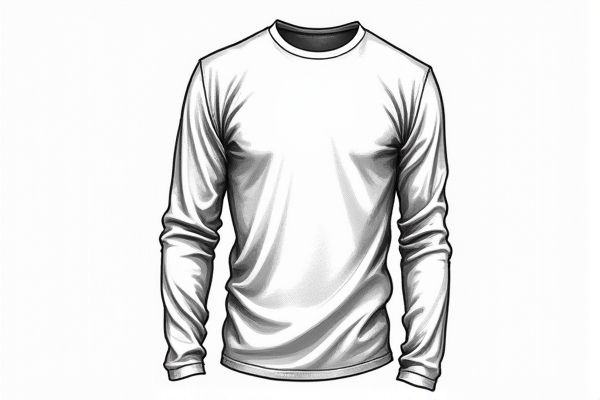


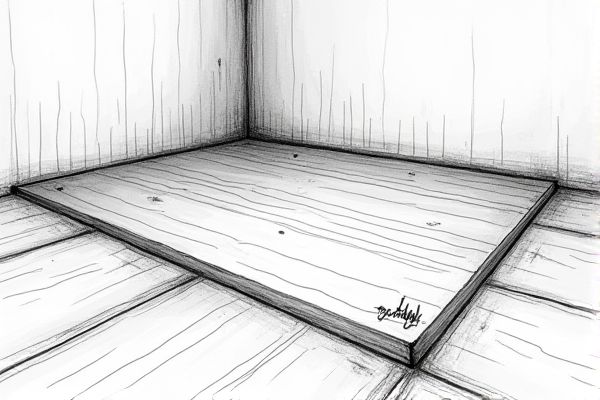




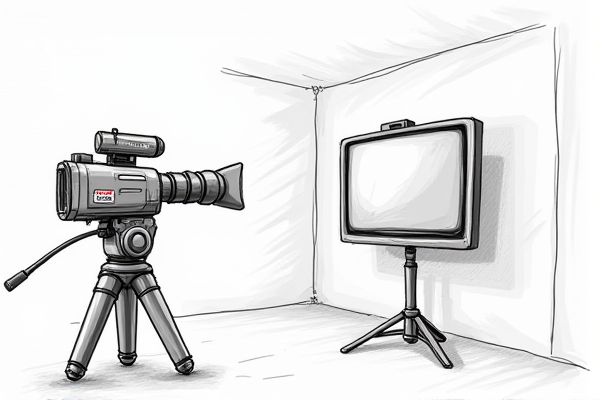
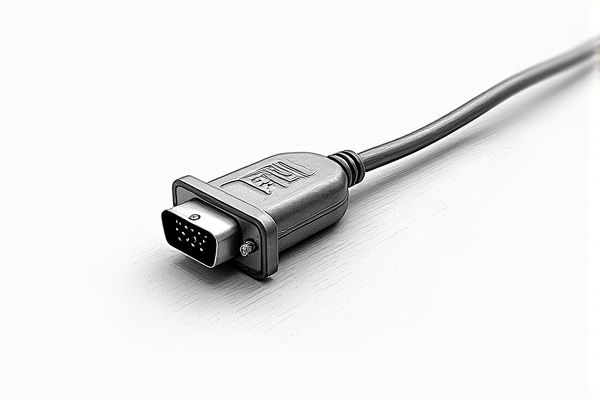
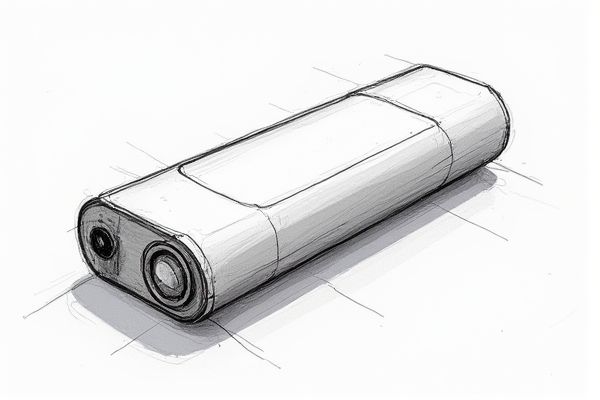
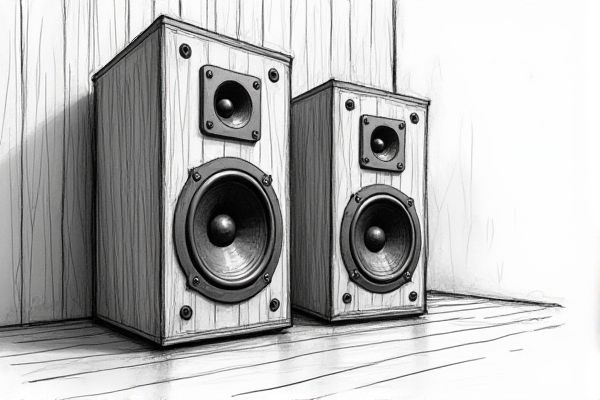


Leave a Reply
Your email address will not be published.